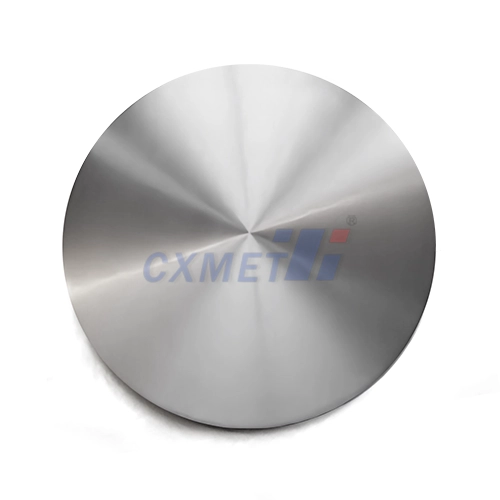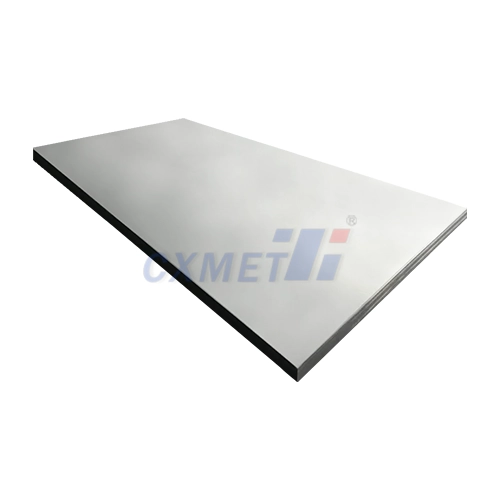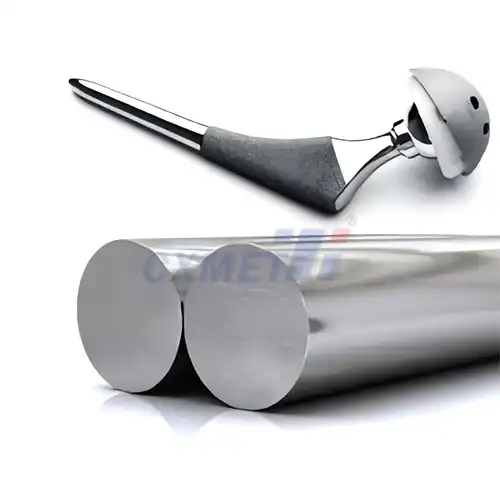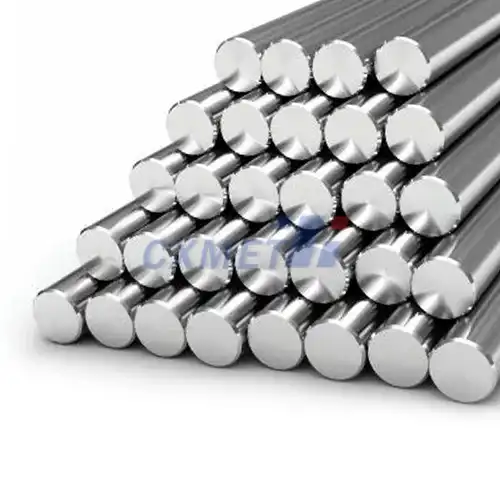- English
- French
- German
- Portuguese
- Spanish
- Russian
- Japanese
- Korean
- Arabic
- Greek
- German
- Turkish
- Italian
- Danish
- Romanian
- Indonesian
- Czech
- Afrikaans
- Swedish
- Polish
- Basque
- Catalan
- Esperanto
- Hindi
- Lao
- Albanian
- Amharic
- Armenian
- Azerbaijani
- Belarusian
- Bengali
- Bosnian
- Bulgarian
- Cebuano
- Chichewa
- Corsican
- Croatian
- Dutch
- Estonian
- Filipino
- Finnish
- Frisian
- Galician
- Georgian
- Gujarati
- Haitian
- Hausa
- Hawaiian
- Hebrew
- Hmong
- Hungarian
- Icelandic
- Igbo
- Javanese
- Kannada
- Kazakh
- Khmer
- Kurdish
- Kyrgyz
- Latin
- Latvian
- Lithuanian
- Luxembou..
- Macedonian
- Malagasy
- Malay
- Malayalam
- Maltese
- Maori
- Marathi
- Mongolian
- Burmese
- Nepali
- Norwegian
- Pashto
- Persian
- Punjabi
- Serbian
- Sesotho
- Sinhala
- Slovak
- Slovenian
- Somali
- Samoan
- Scots Gaelic
- Shona
- Sindhi
- Sundanese
- Swahili
- Tajik
- Tamil
- Telugu
- Thai
- Ukrainian
- Urdu
- Uzbek
- Vietnamese
- Welsh
- Xhosa
- Yiddish
- Yoruba
- Zulu
How Do You Select the Right Molybdenum Tube for a Specific Application?
2025-03-31 14:27:52
Selecting the right molybdenum tube for a specific application is crucial for ensuring optimal performance and longevity in various industries. Molybdenum tubes are widely used in high-temperature applications, electrical and electronic components, and aerospace engineering due to their excellent thermal and electrical properties. This blog post will guide you through the key factors to consider when choosing the appropriate molybdenum tube for your specific needs.
|
|
|
What are the key properties of molybdenum tubes to consider for different applications?
One of the most noteworthy properties of molybdenum tubes is their tall softening point, which is roughly 2,623°C (4,753°F). This makes them perfect for utilize in high-temperature applications, such as heater components, warm shields, and atomic reactors. The material's capacity to keep up its quality and auxiliary judgment at lifted temperatures sets it separated from numerous other metals and alloys.
Another pivotal property to consider is molybdenum's moo warm development coefficient. This characteristic guarantees that molybdenum tubes keep up their measurements and shape indeed when subjected to critical temperature changes. This property is especially profitable in applications where exact dimensional steadiness is required, such as in the semiconductor industry or in certain aviation components.
Molybdenum tubes too show fabulous warm and electrical conductivity. Their warm conductivity is higher than that of numerous other headstrong metals, making them appropriate for warm exchange applications. In terms of electrical conductivity, molybdenum performs well, particularly at tall temperatures, which is why it's regularly utilized in electrical warming components and electrodes.
The material's resistance to erosion in certain situations is another property to consider. Whereas molybdenum can be vulnerable to oxidation at tall temperatures in discuss, it appears great resistance to numerous liquid metals, salts, and certain acids. This makes it important in chemical handling gear and liquid metal taking care of applications.
When selecting a molybdenum tube, it's moreover imperative to consider its mechanical properties. Molybdenum offers tall quality and great ductility, particularly at hoisted temperatures. This combination of properties makes it appropriate for basic applications in high-temperature situations where other materials might fail.
The virtue of the molybdenum utilized in the tube is another calculate to consider. Higher immaculateness molybdenum by and large offers way better execution in terms of electrical and warm properties, as well as moved forward resistance to recrystallization at tall temperatures. Be that as it may, it's fundamental to adjust the require for tall immaculateness with taken a toll contemplations, as higher immaculateness molybdenum can be more expensive.
Lastly, the surface wrap up of the molybdenum tube can be vital for certain applications. A few employments may require a smooth, cleaned surface, whereas others might require a particular harshness or surface. The surface wrap up can influence the tube's execution in terms of warm exchange, electrical contact, or interaction with other materials in the application.
How does the diameter and wall thickness of molybdenum tubes affect their performance?
The breadth and divider thickness of molybdenum tubes are basic components that essentially impact their execution in different applications. These dimensional characteristics influence the tube's mechanical quality, warm exchange capabilities, electrical properties, and generally reasonableness for particular uses.
Starting with the distance across, this measurement plays a pivotal part in deciding the stream capacity of the tube if it's utilized for liquid or gas transport. In high-temperature applications, such as heater components or warm exchangers, the breadth can influence the warm exchange rate. Bigger distances across for the most part permit for more prominent stream rates and can give more surface range for warm trade, but they too require more fabric and can be heavier.
The divider thickness of a molybdenum tube is similarly critical. It specifically impacts the tube's mechanical quality and its capacity to withstand weight, both inside and outside. Thicker dividers give more prominent quality and inflexibility, making the tube more safe to distortion beneath stack or at tall temperatures. This is especially imperative in applications where the tube may be subjected to noteworthy mechanical stretch or where keeping up exact measurements is critical.
However, it's imperative to note that expanding divider thickness moreover increments the weight of the tube and the sum of fabric utilized, which can influence taken a toll and warm exchange characteristics. In a few cases, a adjust must be struck between quality and other components like weight or warm conductivity.
For electrical applications, both breadth and divider thickness play parts in deciding the tube's electrical resistance and current-carrying capacity. A bigger breadth and thicker divider for the most part permit for more prominent current stream with less resistance, which can be significant in high-power electrical components or in applications where negligible voltage drop is required.
In warm applications, the proportion of external breadth to internal breadth (decided by the divider thickness) influences the tube's warm resistance. This is especially imperative in warm exchanger plans or in applications where exact temperature control is essential. A more slender divider can give superior warm exchange, but this must be adjusted against the require for mechanical strength.
The choice of distance across and divider thickness can too affect the manufacturability of the tube and its reasonableness for auxiliary forms. For case, exceptionally thin-walled tubes might be more challenging to weld or machine without causing misshapening, whereas exceptionally thick-walled tubes might be more troublesome to twist or frame into complex shapes.
When selecting a molybdenum tube, it's frequently vital to consider the relationship between distance across and divider thickness in terms of the tube's angle proportion. This proportion can influence the tube's behavior beneath diverse stacking conditions and its resistance to buckling or collapse beneath outside pressure.
For high-temperature applications, the distance across and divider thickness can impact the tube's resistance to crawl misshapening. Crawl, which is the propensity of a fabric to gradually distort beneath push over time, particularly at tall temperatures, can be a critical concern in molybdenum applications. Legitimate determination of these measurements can offer assistance moderate crawl impacts and amplify the operational life of the component.The breadth and divider thickness of molybdenum tubes are basic components that essentially impact their execution in different applications. These dimensional characteristics influence the tube's mechanical quality, warm exchange capabilities, electrical properties, and generally reasonableness for particular uses.
|
|
|
What are the best practices for handling and installing molybdenum tubes in various environments?
Proper handling and installation of molybdenum tubes are crucial for ensuring their optimal performance and longevity in various environments. Due to molybdenum's unique properties and potential reactivity under certain conditions, following best practices is essential to maintain the integrity of the tubes and the safety of the installation process.
One of the primary considerations when handling molybdenum tubes is to avoid contamination. Molybdenum can be sensitive to certain impurities, especially at high temperatures, which can affect its properties and performance. Therefore, it's important to handle the tubes with clean, lint-free gloves and to work in a clean environment. Any oils, greases, or other contaminants should be thoroughly removed from the surface of the tubes before installation or further processing.
When cutting or machining molybdenum tubes, it's important to use appropriate tools and techniques. Molybdenum is a relatively hard and tough material, which can make it challenging to work with using standard tools. Carbide or diamond-tipped tools are often recommended for cutting and machining. It's also important to use proper cooling and lubrication during these processes to prevent overheating and potential damage to the material structure.
For applications involving high temperatures, it's crucial to consider the oxidation behavior of molybdenum. In air, molybdenum begins to oxidize rapidly at temperatures above about 400°C (752°F). In such environments, protective coatings or inert atmospheres may be necessary to prevent oxidation and maintain the tube's integrity. When installing molybdenum tubes in high-temperature applications, care should be taken to ensure that they are not exposed to oxidizing conditions during heating and cooling cycles.
Welding molybdenum tubes requires special attention due to the material's high melting point and tendency to form brittle intermetallic compounds with many other metals. Electron beam welding or tungsten inert gas (TIG) welding in an inert atmosphere are often preferred methods. It's important to thoroughly clean the weld area and use filler materials that are compatible with molybdenum to ensure strong, reliable joints.
When installing molybdenum tubes in electrical applications, it's important to consider the material's thermal expansion characteristics. Molybdenum has a relatively low coefficient of thermal expansion compared to many other metals, which can lead to stress and potential failure if not properly accounted for in the design and installation. Flexible connections or expansion joints may be necessary in some cases to accommodate differential thermal expansion between the molybdenum tube and other components.
For applications involving corrosive environments, it's essential to understand the specific corrosion resistance of molybdenum in the given medium. While molybdenum is resistant to many corrosive environments, it can be attacked by certain chemicals, particularly under oxidizing conditions. Careful selection of seals, gaskets, and other connecting components is necessary to ensure that the entire system maintains its integrity in the corrosive environment.
When bending molybdenum tubes, it's important to use appropriate bending techniques and tooling. Molybdenum can work harden rapidly during cold working, which can lead to cracking if not properly managed. Annealing between bending operations may be necessary for more complex shapes. Hot bending at temperatures above the recrystallization temperature of molybdenum can also be employed for larger diameter tubes or more severe bends.
In vacuum applications, such as in the semiconductor industry or in certain scientific instruments, cleanliness and outgassing characteristics are critical. Molybdenum tubes for these applications should be thoroughly cleaned and may require special heat treatment or conditioning processes to minimize outgassing in high-vacuum environments.
Finally, it's important to consider the long-term behavior of molybdenum tubes in their intended environment. Factors such as thermal cycling, mechanical stress, and potential chemical interactions can affect the tube's performance over time. Regular inspection and maintenance procedures should be established to monitor the condition of the tubes and detect any signs of degradation or failure before they become critical.
Conclusion
Selecting the right molybdenum tube for a specific application requires careful consideration of various factors, including the material's unique properties, the dimensional requirements of the application, and the environmental conditions in which the tube will operate. By understanding the key properties of molybdenum, the impact of tube dimensions on performance, and the best practices for handling and installation, engineers and designers can make informed decisions to ensure optimal performance and longevity of molybdenum tubes in their applications. As with any specialized material, consulting with experts and manufacturers in the field can provide valuable insights and help in making the best selection for your specific needs.
At SHAANXI CXMET TECHNOLOGY CO., LTD, we take pride in our extensive product range, which caters to diverse customer needs. Our company is equipped with outstanding production and processing capabilities, ensuring the high quality and precision of our products. We are committed to innovation and continuously strive to develop new products, keeping us at the forefront of our industry. With leading technological development capabilities, we are able to adapt and evolve in a rapidly changing market. Furthermore, we offer customized solutions to meet the specific requirements of our clients. If you are interested in our products or wish to learn more about the intricate details of our offerings, please do not hesitate to contact us at sales@cxmet.com. Our team is always ready to assist you.
|
|
|
References
1. Plansee Group. (2021). Molybdenum - Properties, Applications, Production.
2. American Elements. (2021). Molybdenum Tube Properties and Applications.
3. H.C. Starck. (2020). Molybdenum and its Alloys: Properties and Applications.
4. AZoM. (2021). Molybdenum - Properties, Production, Applications.
5. Midwest Tungsten Service. (2021). Molybdenum Technical Data.
6. ASTM International. (2020). Standard Specification for Molybdenum and Molybdenum Alloy Tubing for Nuclear Reactor Applications.











